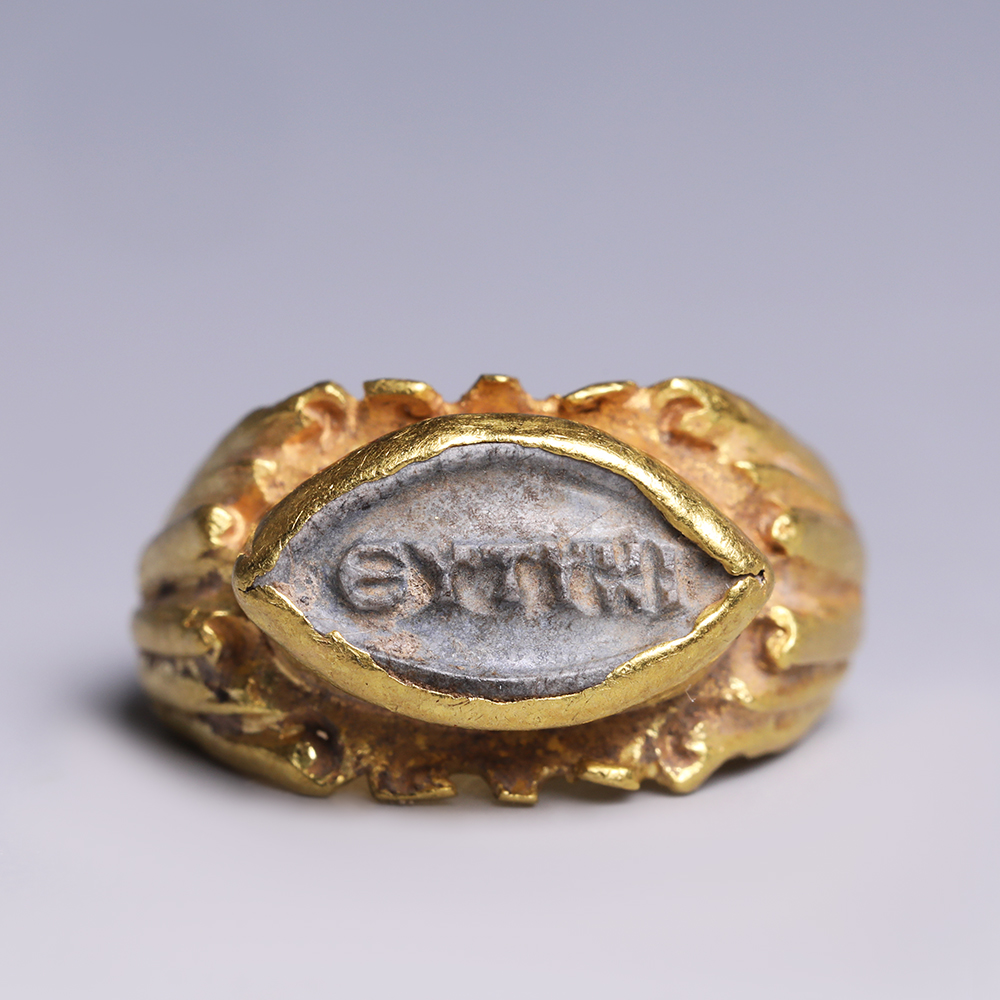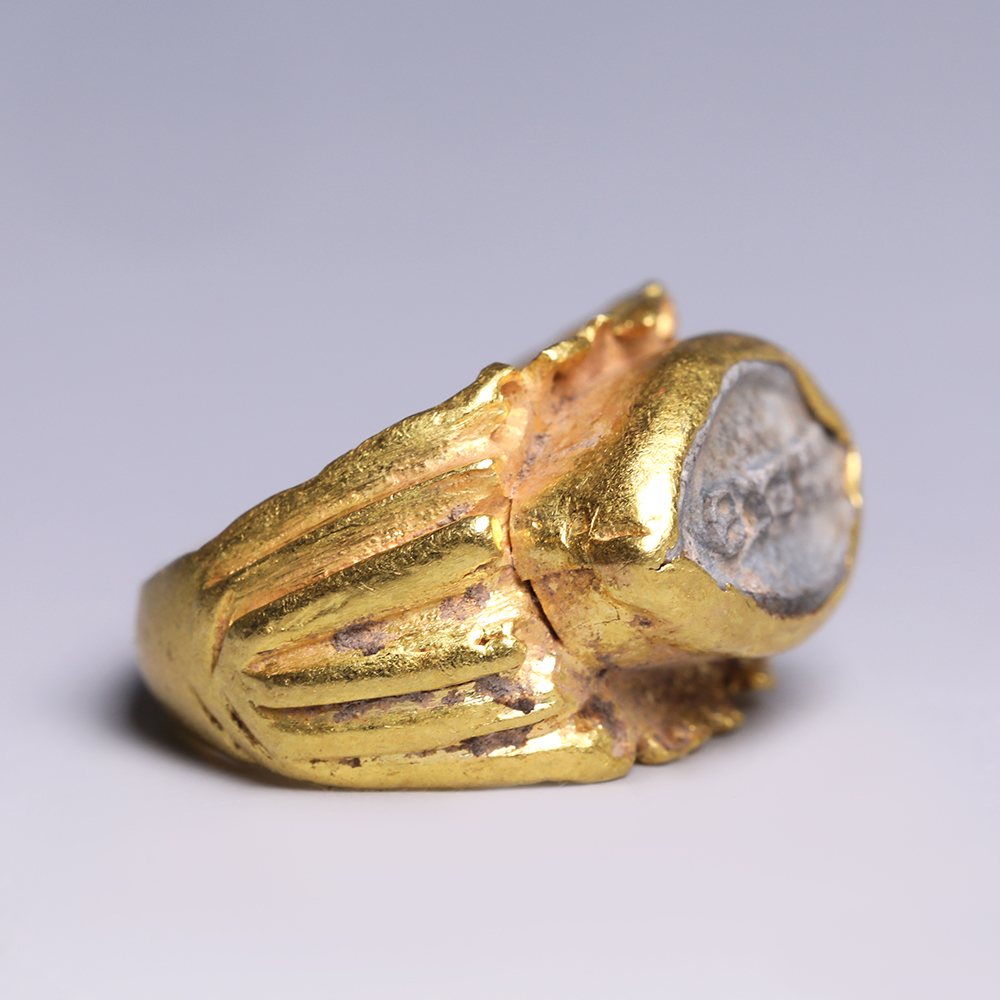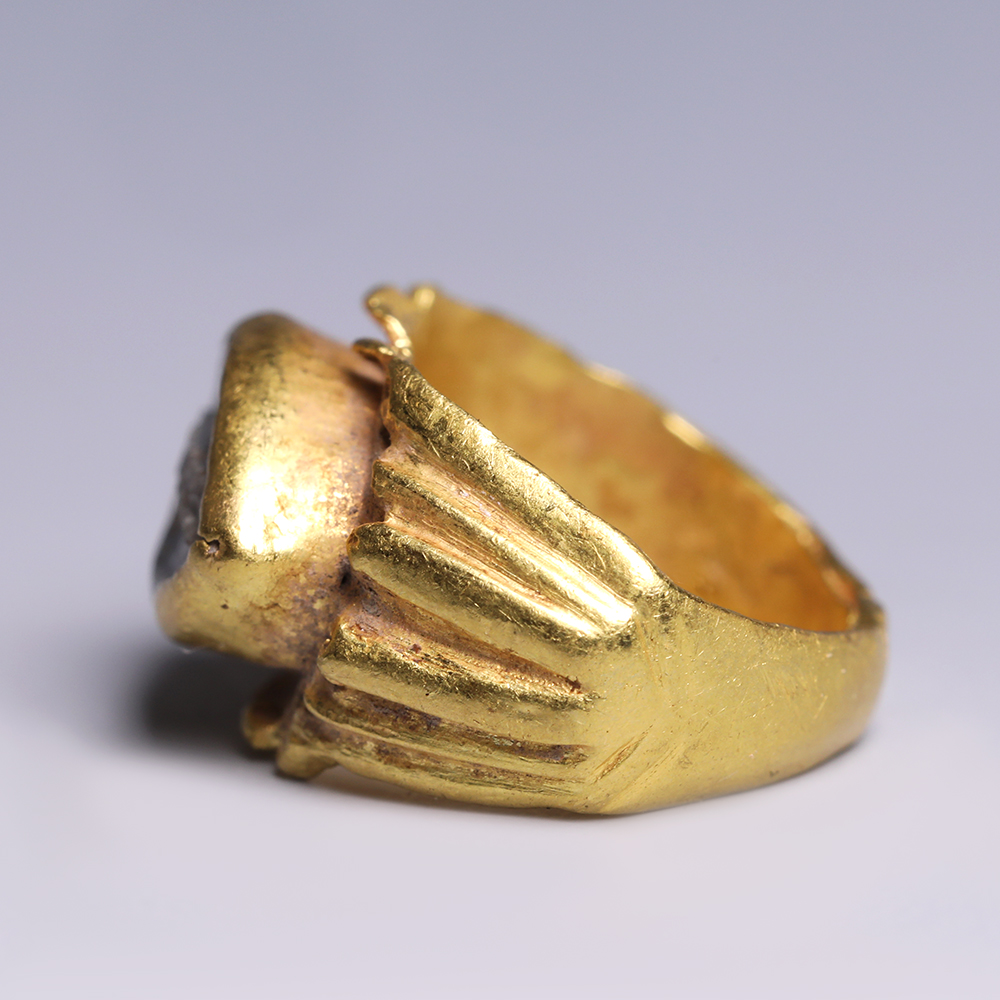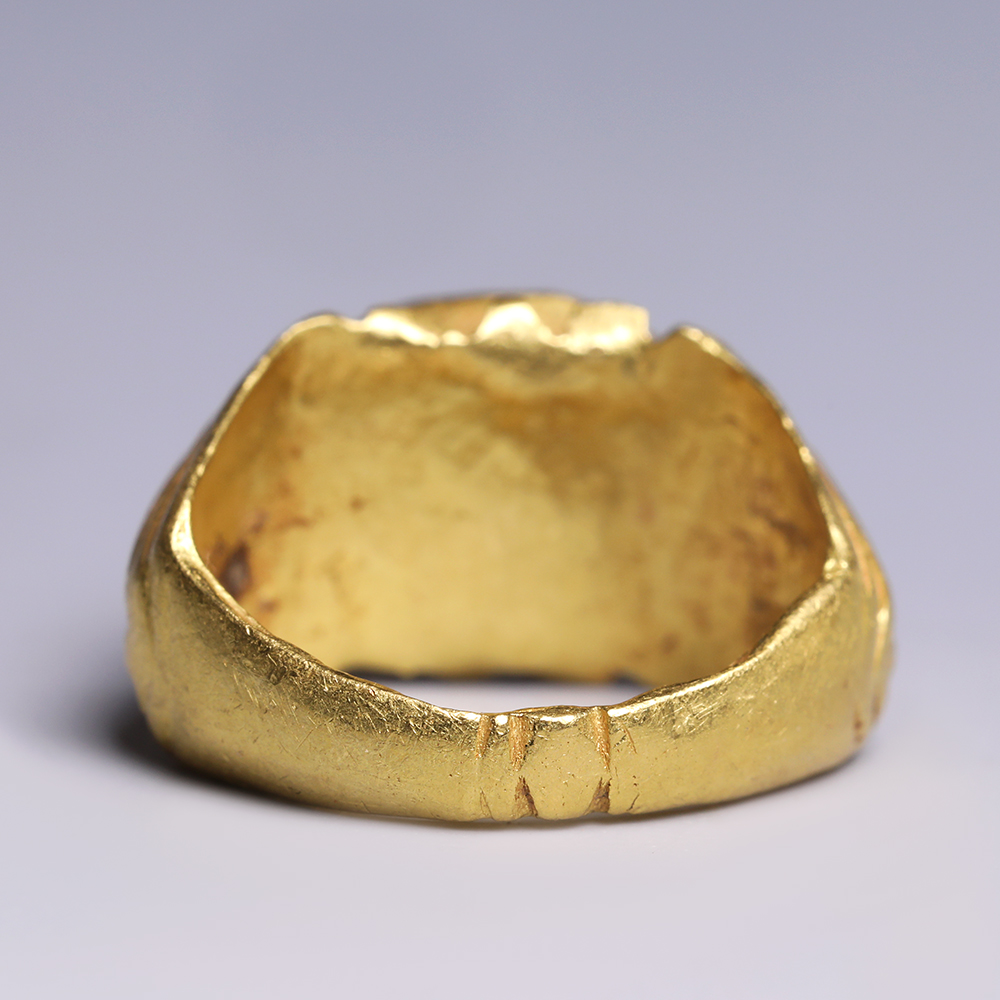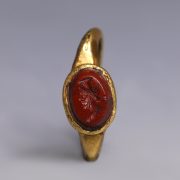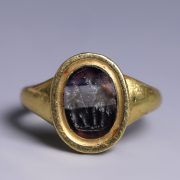The ancient Romans considered jewellery to be an essential accessory, for it provided a public display of their wealth. Roman jewellery at first followed trends set by the Etruscans, using gold and glass beads, but as the power and spread of the Roman Empire increased, so too did jewellery designs became increasingly elaborate. Different cultural styles from Greece, Egypt, North Africa, and the Orient were all incorporated to reflect Rome’s prosperity as a dominant, conquering city. The custom of wearing rings was probably introduced by the Sabines, who are described in early legends as wearing gold rings with precious stones. During the Roman Republic it became customary for all the senators, chief magistrates, and at last for the equites also, to wear gold rings.
To find out more about the different stones used in Roman jewellery please see our relevant blog post: The History and Mythology of Gemstones in Ancient Jewellery.
